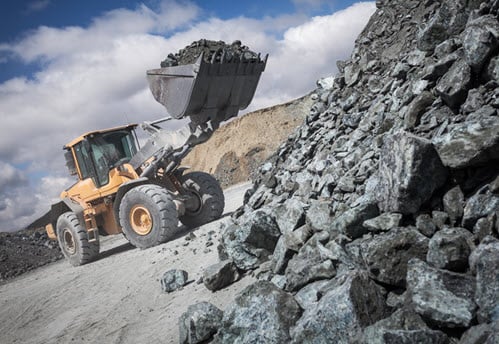Next month, we forecast downward pressure on the carbon price as wind is expected to perform at above average levels for the next couple of weeks, and nuclear is expected to make a recovery after a poor performance in March. Hydro will have minimal impact on the carbon price over the next month, with downside risks if output increases. Gas-to-coal switching should be minimal, but there is an upside risk to the carbon price if gas prices jump due to supply chain disruption and escalation of global conflicts.
Wind will make a recovery in April as windspeed set to increase
Wind output declined again m/m for the second month in a row. Wind is forecast to be above average over the next 10 days, which will put a downward pressure on the carbon price. However, there is a risk that wind output drops off after the forecast period, which would decrease the impact that wind has on EUA demand in April, but we expect downward pressure regardless. Hydro has been performing well, with output increasing throughout March. A wetter than average April is expected, so hydro output should continue to perform strongly. Overall, hydro will have minimal impact on the carbon price, but there is a downside risk if output increases further.
Nuclear shutdowns due to low demand, increased the carbon price in March
Nuclear performed slightly below average throughout March, with a sharp drop in output over the last weekend. Low power demand and falling power prices led to EDF shutting three large reactors. These are expected to come back online in the next week and more scheduled openings than closures are expected next month. Nuclear will depress the carbon price in April as output recovers to average levels.
Gas-to-coal switching will be minimal in April
Some gas-to-coal switching occurred in March after a small spike in gas prices, linked to attacks on Russian energy infrastructure; and supply cuts from the US Freeport LNG exporting facility due to maintenance. Coal prices could potentially rise due to the recent Baltimore bridge collapse, which would result in a reversal of gas-to-coal switching. However, the impact of this should be minimal as less than 2% of seaborne coal is shipped from Baltimore. Gas and coal prices are both expected to be stable through April and gas-to-coal switching will have minimal impact on the carbon price during the month. We expect greater upside risk from increasing gas prices (i.e. from further escalation in Russia energy infrastructure attacks/ the Red Sea and further disruption to LNG supply from the USA) relative to coal, than increasing coal prices caused by the Baltimore bridge collapse, relative to gas.
Power demand, the economy and the industry will have minimal impact on the carbon price over the next month
Power demand decreased again m/m for a third month in a row, which can be attributed to low industrial output and warmer than average temperatures. Although industry and the economy generally remain weak, the trend of falling industrial production seems to have bottomed out, and the outlook has slightly improved approaching Q2.
Overall, the industrial sector, the economy and power demand will have minimal impact on the carbon price over the next month. Any increase in industrial output and power demand will be counterbalanced by the much warmer than average April forecast.
If you want to hear more about carbon market developments and our short-, medium- or long-term carbon price forecasts provided as part of CRU’s Sustainability and Emissions service, please email us at sales@crugroup.com, we’d be happy to discuss this with you.

















